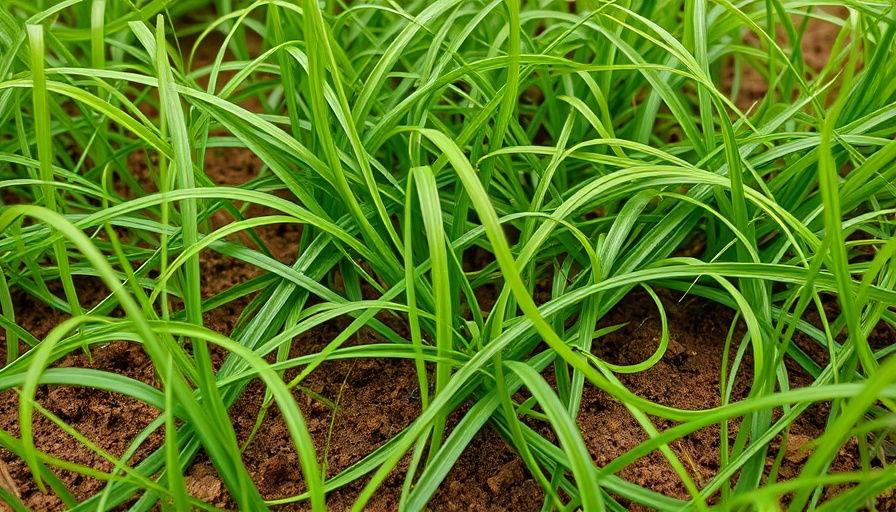
Why the Right Garden Screening Matters
When it comes to enhancing your outdoor space, garden screening plants do more than just provide privacy. They become integral in creating a sanctuary where you can escape the outside world. Imagine enjoying your morning coffee without the prying eyes of neighbors or blocking out noisy streets with a flourish of green. The choices you make in screening plants can profoundly affect your garden's aesthetic and functionality.
Considerations for Your Plant Selection
Before diving into the world of garden screening, it's essential to evaluate your needs. Screening can serve multiple purposes—from blocking ugly views to creating private garden spaces and sections. Think about what you want to achieve:
- Height Requirements: Measure your fence or wall height to determine which plants will provide adequate coverage.
- Location: The proximity of plants to your house can impact their ideal height. Planting closer usually means shorter plants will suffice.
- Evergreen vs. Deciduous: Choose evergreens for year-round cover, or opt for deciduous varieties which can create a seasonal display.
For example, hornbeam is a popular choice that retains its leaves until spring, giving you a stylish bronze look during winter.
Layering Your Plants for Maximum Impact
Guy Watts from Architectural Plants explains that layering plants rather than forming a singular, tall hedge creates not only a visually appealing but a more effective method of screening. Layering allows you to introduce various heights and colors, making your garden feel dynamic and inviting. Think pots and planters as your first cautious steps toward privacy; they can soften the space while adding vibrant seasonal colors.
Choosing the Right Plants
According to Guy, Elegeagnus ebbingeii is a prized screening plant that provides year-round privacy and can be beautifully pleached for added style. Whether you want to maintain a classic hedge look or experiment with a modern aesthetic, splitting your plants into different segments adds depth to your garden design.
Screening Beyond the Fence Line
One fascinating principle of garden design involves interrupting sight lines. You don’t always have to place your screening plants right at the boundary to achieve the desired effect. For example, positioning trees or shrubs at angles can obscure views effectively, allowing for a more artistic and thoughtful garden layout.
Actionable Insights for Your Garden
Here are some straightforward tips to get you started on your journey to the perfect garden screening:
- Evaluate your outdoor space: What are your current pain points regarding privacy or sight lines?
- Plan before planting: Sketch out your garden layout and consider plant heights and types.
- Don’t hesitate to mix: Combine different species to enrich your garden’s texture and look.
By taking the time to plan your screening strategy, you can create a garden that feels personal, inviting, and protective all at the same time.
The Bigger Picture: Garden Screening and Community
As urban areas evolve, the demand for privacy in outdoor spaces skyrockets. Garden screening not only enriches personal spaces but also speaks volumes about the collective need for sanctuaries in the hustle and bustle of daily life. In embracing the art of garden screening, you contribute to a culture that values personal well-being and environmental aesthetics.
Conclusion: Embark on Your Screening Journey
Garden screening plants are not merely a trend; they represent a shift in how we conceive our outdoor environments. By selecting and layering the right plants, you cultivate more than just privacy—you discover an opportunity to express your personal style and cultivate tranquility. Whether you're looking to create intimate spaces for entertaining or serene corners for relaxation, the right selection of screening plants can transform ordinary outdoor areas into extraordinary living experiences.
Ready to elevate your outdoor space? Dive into these insights, set your garden vision, and watch as your backyard blossoms into a true sanctuary!
 Add Row
Add Row  Add
Add 




Write A Comment